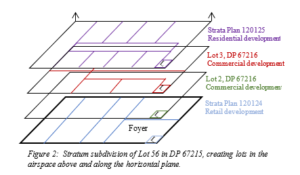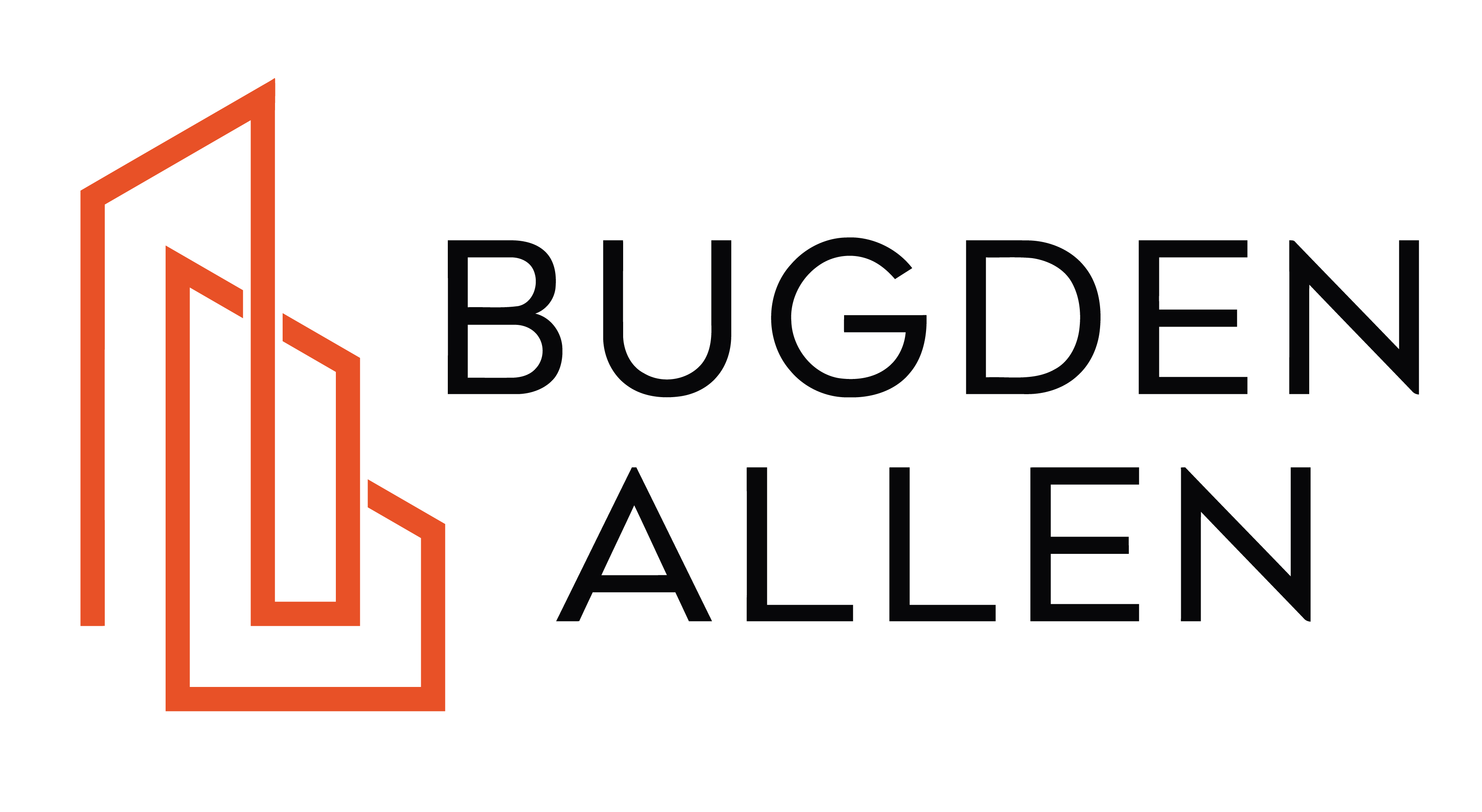Stratum title: the manna of property title
In Hebrew, manna means “what is it?” Many have referred to a parent or spouse’s experimental cookery in this way or thought this after looking at a drawing their child had proudly presented to them. Similarly, many see stratum and think, “What is it?”
Stratum title is common in modern developments, especially mixed use developments. It is often confused for strata title and is misunderstood by the general populace and legal practitioners alike. In this series of articles, we will look at what stratum title is, some practical issues that have arisen from a lack of understanding or knowledge of stratum title, the identity problem that exists in stratum title and practical solutions for resolving this long-standing issue.
In this first article, we will look at what stratum title is. Most people are familiar with the typical subdivision where land is subdivided into smaller parcels on the horizontal plane (see Figure 1).

Where a subdivision creates lots in the air space above a lot, it is referred to as a stratum subdivision. Stratum lots are used to differentiate use areas within a building.
Figure 2 shows a hypothetical building where a stratum subdivision has created three additional level in the air space above the original lot (Lot 56 in Deposited Plan 67215). The building contains a residential strata scheme on level 3, a retail strata scheme on the ground level and two commercial stratum lots on levels 1 and 2. The common areas for all lots are the foyer and lift, which services all levels of the building. The foyer and lift are shared facilities. Lots 2 and 3 are stratum lots as those lots have not been further subdivided. The stratum lots on the ground floor and level 3 have been further subdivided into strata plans.

The facilities that are shared amongst some or all lots in stratum subdivision are the responsibility of all owners of the lots in the subdivision. Unlike strata titled buildings, which are governed by specific legislation, stratum subdivisions are governed by a strata management statement (SMS).
The SMS may detail:
- the lots that comprise the stratum subdivision and who the members of the development are;
- who can be on the Building Management Committee and the responsibilities of the Building Management Committee;
- the manner in which the contributions are to be raised, the rate of interest to be charged in the event of non-payment of contributions and how unpaid contributions are to be recovered;
- the mechanism by which disputes are to be resolved; and
- the percentage of the shared facilities that each lot owner is responsible for (schedule).
If the stratum subdivision is a staged development, the SMS may make provision for changes to the schedule.
This is an overview only of what stratum title is. In future articles, we will look at some of common issues, such as contracting with third parties, recovering debts (from a BMC and by a BMC), and what can happen if a Building Management Committee becomes dysfunctional.
—Nancy Torry
Solicitor, Property and Litigation






